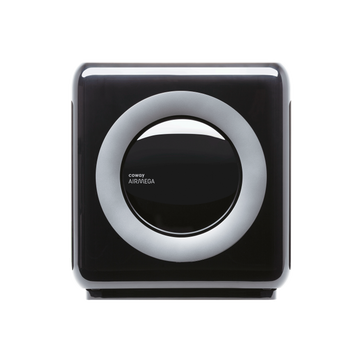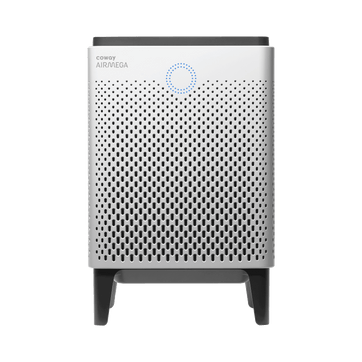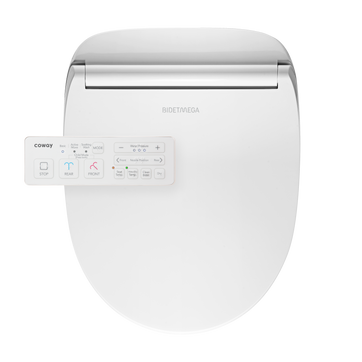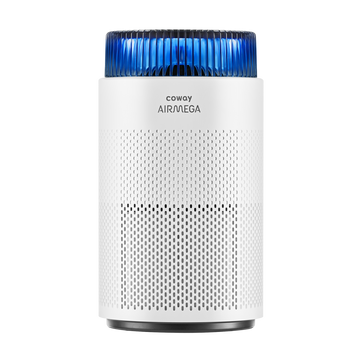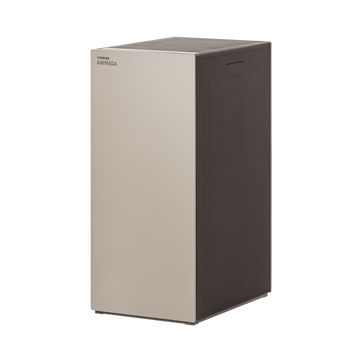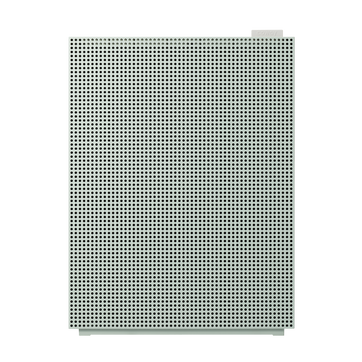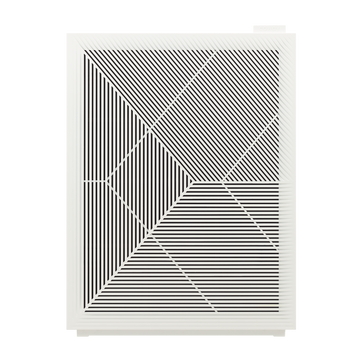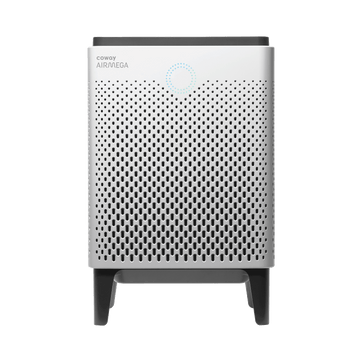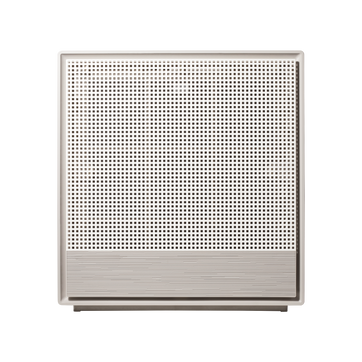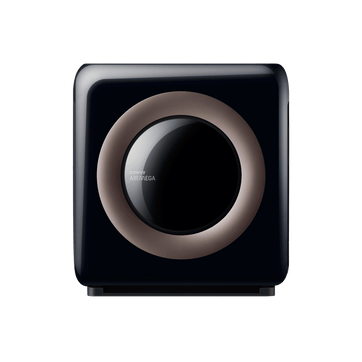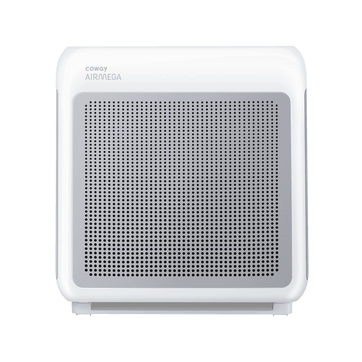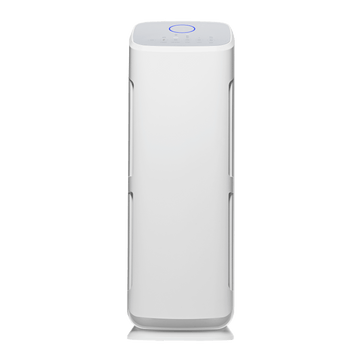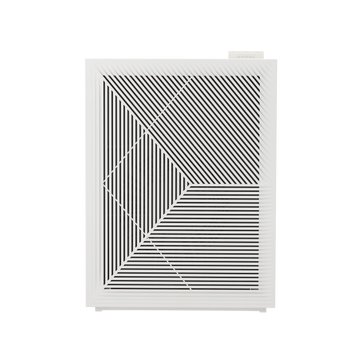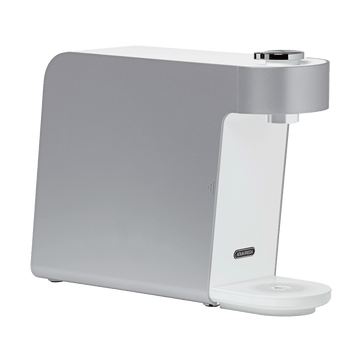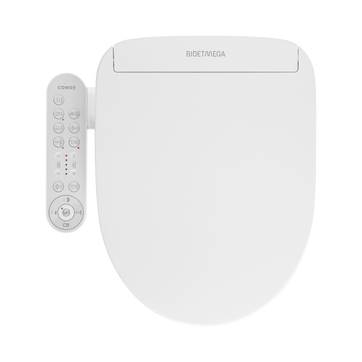
Are there pesticides in your drinking water?
In recent years, several documentary films, including the Oscar-nominated Food, Inc., have raised public concern about the potential of agricultural chemicals in food. But how do conventional farming practices affect the other nourishment people consume every day—our drinking water?
Agricultural runoff can contaminate
A lot of people know that chemicals used in farming, like pesticides and weed killers, can seep into the soil, and eventually, into the food people eat. But there’s more: When toxic chemicals are spread over agricultural fields, and then followed by rain or irrigation, the agricultural runoff flows into nearby rivers and streams. These waterways may be source water for drinking or they may feed into larger bodies of water that serve as source water.
Impaired water quality
In 2013, as reported by National Public Radio, the U.S. Environmental Protection Agency (EPA) stated that “agriculture is the nation's leading cause of impaired water quality.” In this capacity, it’s becoming a major issue for water treatment plants, too. One treatment plant in central Missouri spends millions of dollars every year to reduce agricultural runoff in the drinking water for 70,000 people.
Dead zone in the Gulf of Mexico
Nowhere is the impact of agricultural runoff more pronounced than where the great Mississippi River empties into the Gulf of Mexico. In 1972, scientists first declared the water in this area to be a “dead zone.” As the Mississippi flows through several states with heavy agricultural production, the runoff enters the water stream. Once it reaches the Gulf and begins to move more slowly, the chemicals present in the water inhibit oxygen and kill marine life.
The dead zone is evidence of the deeply detrimental effects of agricultural runoff on clean water. The Coway Aquamega water purification systems have been designed to address this problem in household kitchens everyday. As the Coway Aquamega 100 and 200 models filter water at the kitchen tap, they reduce chemical herbicides and pesticides, including alachlor, atrazine, 2,4 D, dinoseb and others, by 97 percent or more.
Disclaimers
1Coway air purifiers have been proven to trap dust, pollen, dander, viruses and bacteria in the air based on KCL (Korea Conformity Laboratories) testing.They have been tested in a 30㎥ size chamber according to the Korea Air Cleaning Association standard (SPS-KACA 002-132:2022 Modified) to measure the 0.01㎛ size of particle removal rate. It was tested on maximum airflow speed in normal room temperature and humidity conditions. The performance may vary in the actual living environment of customers.
→ Tested with Airmega Aim, 100, 150, 160, AP-1216L, AP-1512HH, AP-1512HHS, 200M, Icon, IconS, 230, 240, 250, 250 Art, 250S, 300, 300S, 400, 400S, ProX
299.97% of viruses, bacteria, fungi and pollen were verified to be removed from the air for Coway air purifiers which have Green True HEPA™ filter applied based on the Japan Food Research Laboratories(JFRL) testing according to JEM 1467 standard.
→ Tested with Coway Airmega AP-1512HH, AP-1512HHS, 250, 250 Art, 250S, 300, 300S, 400, 400S
→ All tested by JFRL and received above result within below time.
All tested by JFRL and received above result within below time.
- Virus: Tested with Escherichia coli phage ΦX174 NBRC 103405, 60 minutes
- Bacteria: Tested with Staphylococcus epidermidis NBRC 12993, 60 minutes
- Fungi/Mold: Tested with Penicillium citrinum NBRC 6352, 60 minutes
- Pollen: Tested with Cedar Pollen extract, 60 minutes
3Aerosol test conducted in a Biosafety level 3 laboratory with two Coway air purifier models, Coway Airmega 250 and 400 for removal of SARS-CoV-2 Aerosol by US based MRI Global, a not-for-profit laboratory and partner of US Department of Defense. The test was conducted in a 13.1ft3 chamber. Virus was aerosolized for 15 minutes and the product was turned on high for 2 minutes. Result showed each product effectively removed over 99.98% of the SARS-CoV-2 in 2 minutes. This is a result from a laboratory experiment condition and result may vary in different conditions. This result does not imply it kills SARS-CoV-2 or prevents the transmission of Covid-19. Coway Airmega 250S and 400S are identical to the tested models and has equal performance with an additional mobile connectivity function.
4The concentration of ammonia, acetaldehyde and acetic acid were proven to be removed within 30 minutes by FCG Research Institute, Inc. Human Life Science Lab. It is not a demonstration result in the actual use space. Not all odors and gases may be supported. → Tested with Coway Airmega 150, 160, AP-1512HH, AP-1512HHS, 400, 400S
5The coverage area of the air purifier is based on an area where the air cleaner can make two air changes per hour (ACPH). An air change per hour translates to how many times an air purifier can clean an area, assuming the height of a ceiling to be 8 ft, in one hour. Therefore ** means two air changes per hour means that the cleaner can clean the area once every 30 minutes and * means air changes per hour means that the air purifier can clean the area once every 60 minutes.
10Terms and conditions apply. Discounts, including promotions, coupons, bundle discount and subscription discount, cannot be stacked on top of other coupons. During promotional periods, discount codes will not be able to be applied to orders. Promo codes may apply to products only—filters, accessories, and new products within 3 months of the release date are not included.
